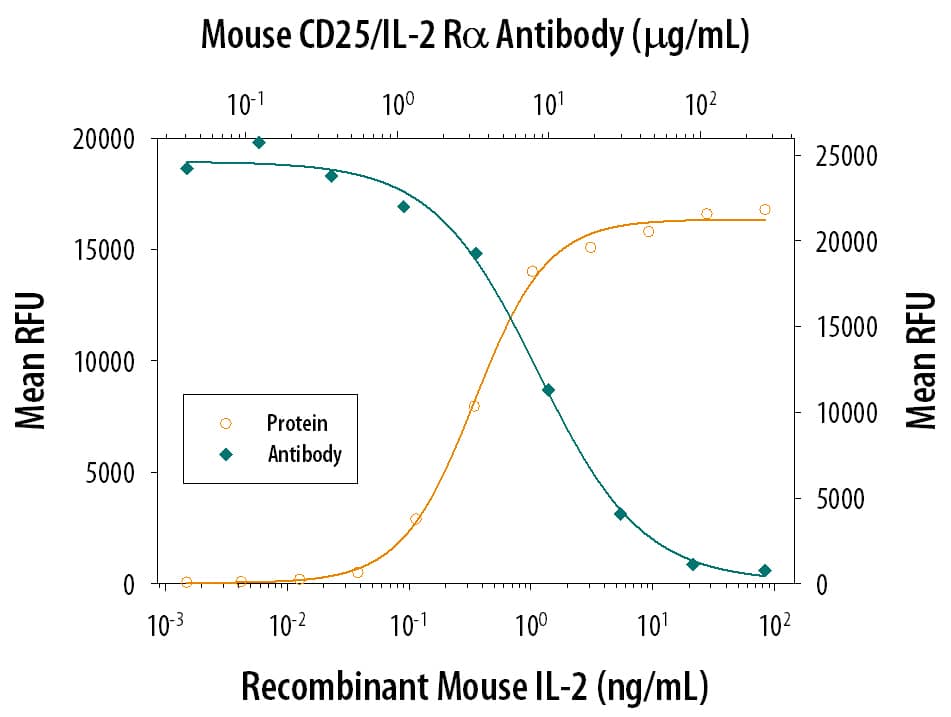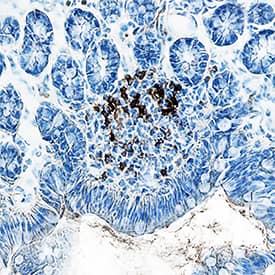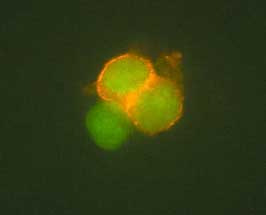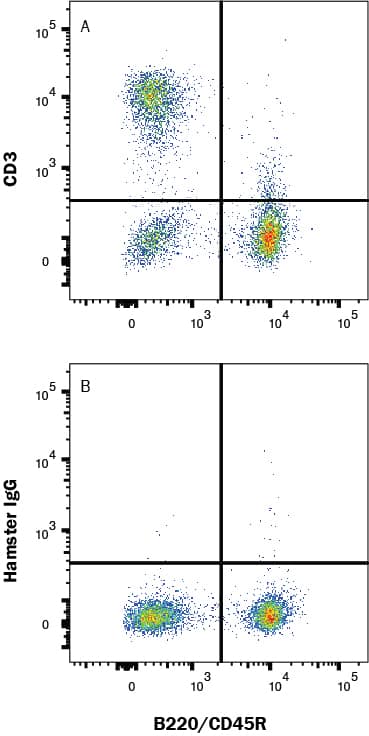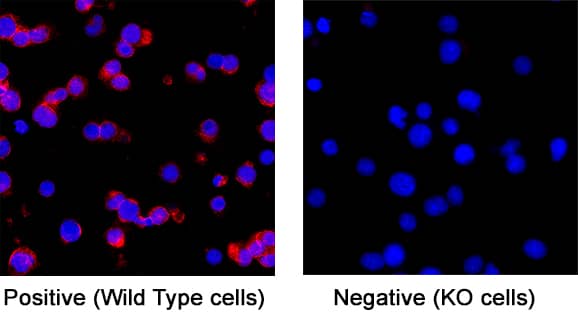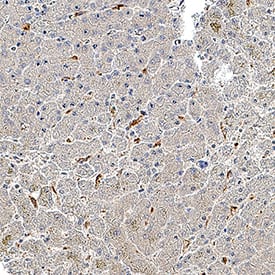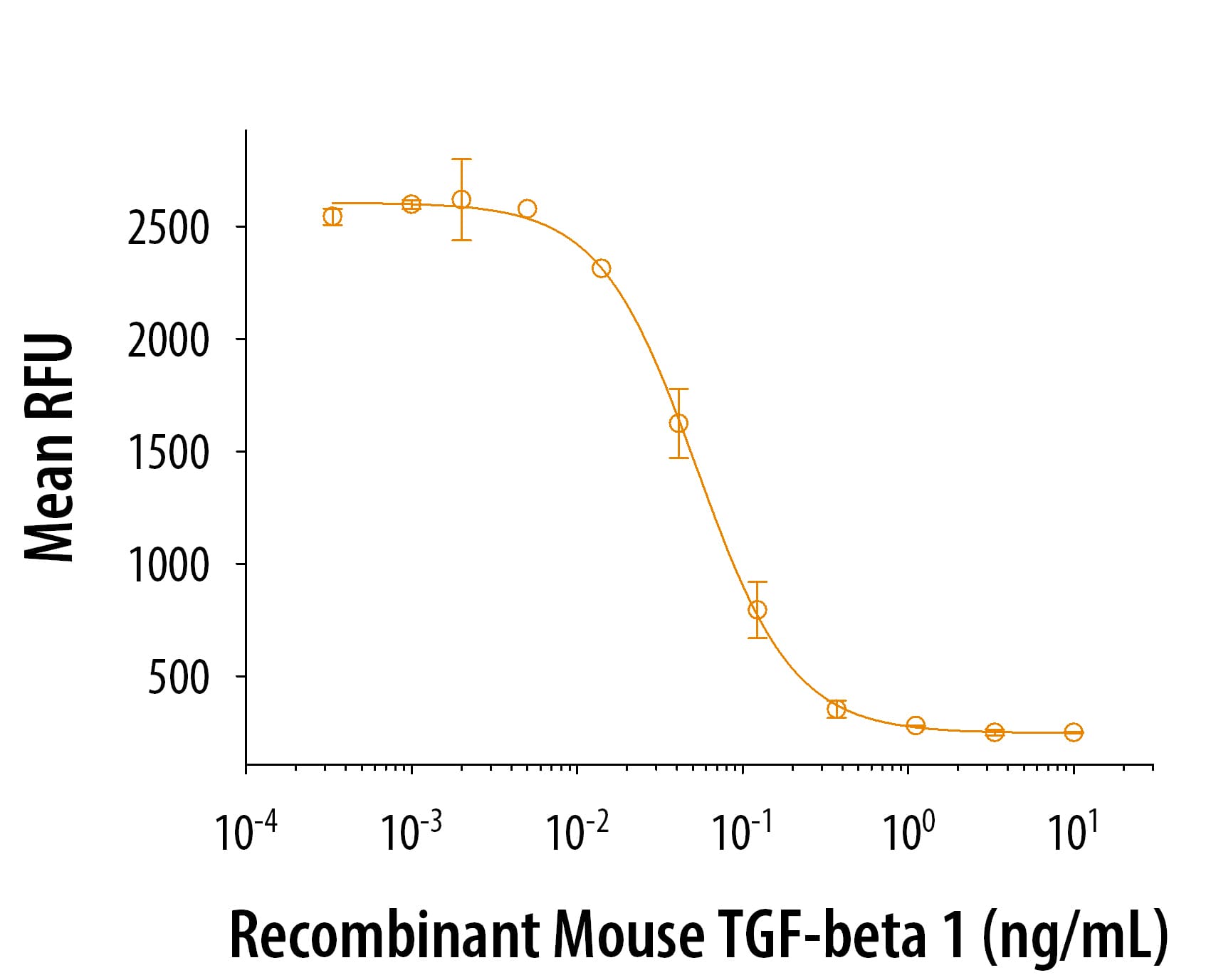Regulatory T Cell Markers

Recommended Products
Overview
Regulatory T (Treg) cells are a subset of CD4+ T cells that is involved in maintaining immune homeostasis and self-tolerance by inhibiting the pro-inflammatory activities of CD4+ and CD8+ effector T cells, natural killer cells, and antigen-presenting cells. Regulatory T cells develop from activated, naïve CD4+ T cells in the presence of TGF-beta and IL-2 and several subsets have been described in the literature including naturally occurring CD4+CD25+FoxP3+ cells that develop in the thymus (tTregs), peripherally-derived Tregs (pTregs) that are generated from FoxP3- conventional T cells at sites outside of the thymus, and induced regulatory T cells (iTregs) that are generated in vitro by stimulation of mouse conventional T cells with TGF-beta and IL-2. Tregs are most commonly identified as CD3+CD4+CD25+FoxP3+ cells in both mice and humans. Additional cell surface markers include CD39, 5’ Nucleotidase/CD73, CTLA-4, GITR, LAG-3, LRRC32, and Neuropilin-1. Tregs can also be identified based on the secretion of immunosuppressive cytokines including TGF-beta, IL-10, and IL-35. While Treg deficiencies or a lack of appropriate Treg activity can contribute to the pathogenesis of inflammatory and autoimmune diseases such as rheumatoid arthritis, type I diabetes, multiple sclerosis, and systemic lupus erythematosus, unregulated Treg activity can also be pathogenic if beneficial, pro-inflammatory immune responses are suppressed.
Data Examples
Identification of Human FoxP3+ Regulatory T Cells by Flow Cytometry
Detection of FoxP3+ Regulatory T Cells in Human PBMCs by Flow Cytometry. Human peripheral blood mononuclear cells (PBMCs) were surface stained with (A) a Fluorescein-conjugated Mouse Anti-Human CD4 Monoclonal Antibody (R&D Systems, Catalog # FAB3791F) and (B) an APC-conjugated Mouse Anti-Human IL-2 R alpha/CD25 Monoclonal Antibody (R&D Systems, Catalog # FAB1020A), followed by intracellular staining using a PE-conjugated Mouse Anti-Human/Mouse/Rat FoxP3 Monoclonal Antibody (R&D Systems, Catalog # IC8970P). To facilitate intracellular staining, cells were fixed and permeabilized with the FlowX™ FoxP3 Fixation and Permeabilization Buffer Kit (R&D Systems, Catalog # FC012). Cells were gated on lymphocytes.
Identification of Mouse FoxP3+ Regulatory T Cells by Flow Cytometry
Detection of FoxP3+ Regulatory T Cells in Mouse Splenocytes by Flow Cytometry. C57BL/6 mouse splenocytes were surface stained with (A) an Alexa Fluor® 488-conjugated Rat Anti-Mouse CD4 Monoclonal Antibody (R&D Systems, Catalog # FAB554G) and (B) an APC conjugated Rat Anti-Mouse IL-2 R alpha/CD25 Monoclonal Antibody (R&D Systems, Catalog# FAB2438A), followed by intracellular staining using a PE-conjugated Mouse Anti-Human/Mouse/Rat FoxP3 Monoclonal Antibody (R&D Systems, Catalog # IC8970P). To facilitate intracellular staining, cells were fixed and permeabilized with the FlowX™ FoxP3 Fixation and Permeabilization Buffer Kit (R&D Systems, Catalog # FC012). Cells were gated on lymphocytes.








